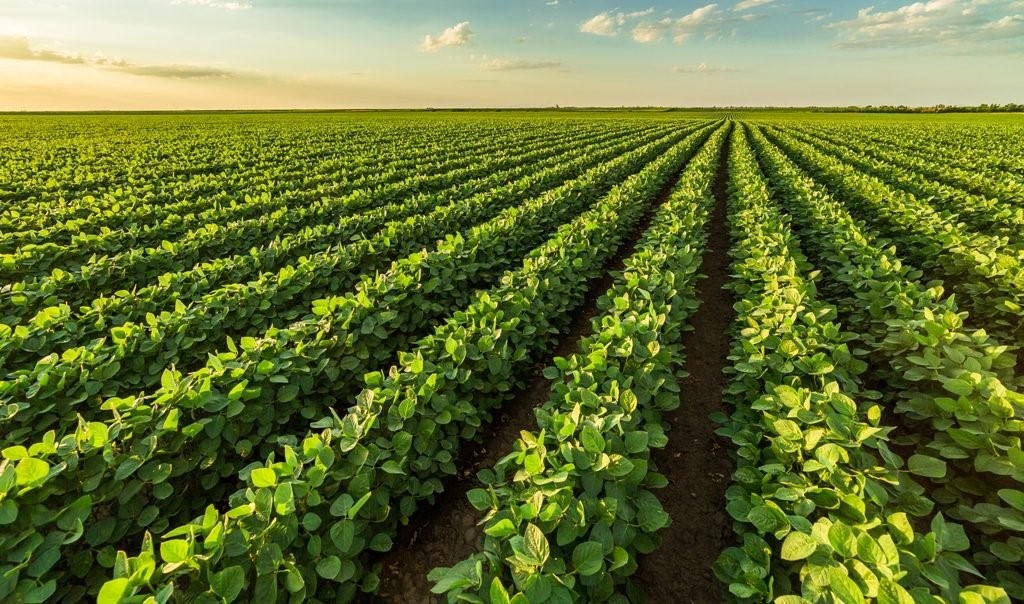Nitrogen credits after soybeans
In order to correctly calculate nitrogen fertilizer recommendations for future crops, the amount of nitrogen that may remain in the soil from predecessor crops must always be taken into account. Legumes and pulses, such as soybeans, alfalfa, clover, beans, and chickpeas, leave a certain amount of nitrogen in the soil for the next season’s crop.
Let’s take soybeans as an example. Soybean crop residues contain a very low carbon to nitrogen (C:N) ratio, approaching 8:1. During growth, soybeans supply bacteria with simple sugars for nutrition, and the bacteria convert atmospheric nitrogen into nitrate and ammonium forms that the plant can immediately use. Thus, after the soybean harvest, an amount of nitrogen remains in the soil, which is called nitrogen credit. This nitrogen comes from both above and below ground parts of the soybean plant as the leaves, stems and pods decompose.
So how much nitrogen can we expect for the next season’s harvest? This value can be around 25-35 kg of nitrogen per hectare. But this value can be lower if soybean yields are low, due to drought, herbicide damage or other unfavorable growing conditions. If the soybean yield was no more than 1.5-2.0 tons/ha, it is recommended to count on only 10-20 kg/ha of nitrogen credits. On the other hand, high-yielding soybeans (more than 4.0 t/ha) can provide the soil with nitrogen in the amount of more than 40-50 kg/ha.
Therefore, when deciding on the amount of nitrogen fertilizer for the next season, it is necessary to take into account nitrogen credits from legumes and pulses with a low C:N ratio, such as soybeans, alfalfa, clover, beans and chickpeas.
This article is based on information kindly provided by Ward Laboratories, Inc.

Write to us
and we will find an opportunity
for cooperation


